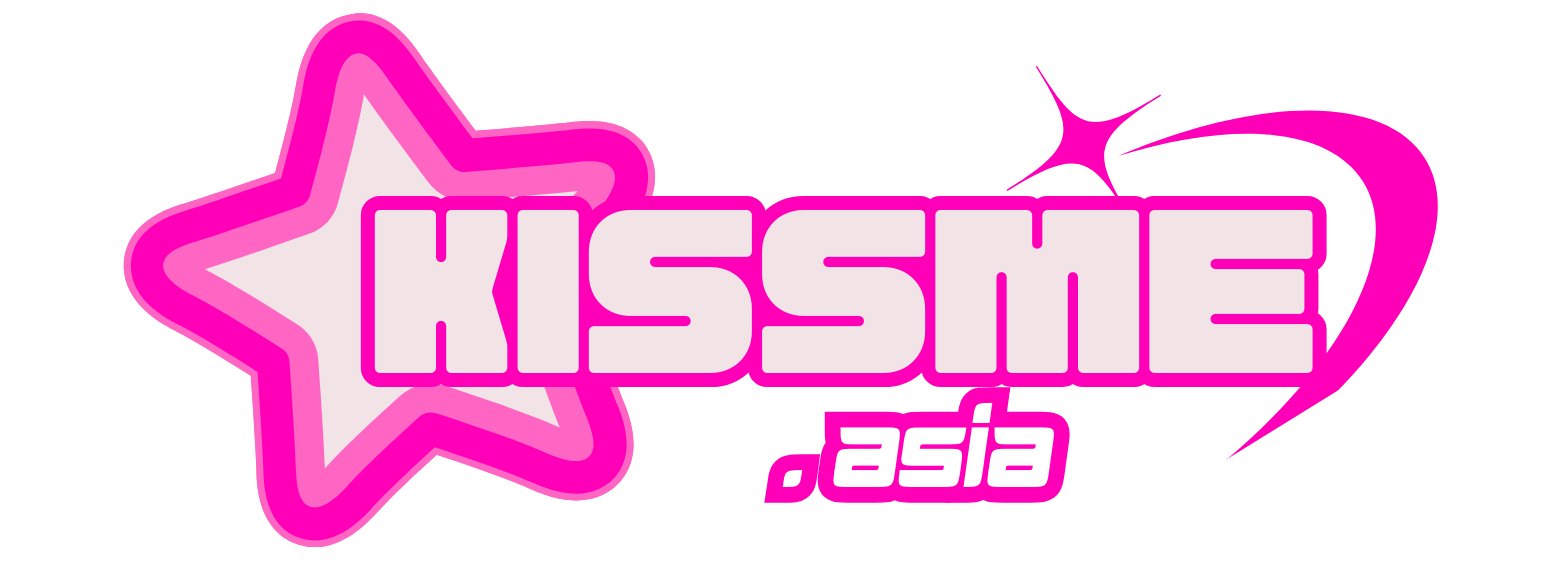In an era where traditional education systems are often criticized for being rigid, one-size-fits-all, and outdated, many parents, educators, and students are looking for alternatives that offer more flexibility, creativity, and personalization. These alternative education methods, often referred to as “learning outside the box,” are gaining traction as they cater to the diverse needs of learners in ways that conventional schools may not.
1. Homeschooling: Personalized Learning at Home
Homeschooling is one of the most well-known alternative education methods. It allows parents to tailor the curriculum to their child’s specific interests, pace, and learning style. Homeschooling can range from a structured, curriculum-based approach to more relaxed, child-led learning, known as unschooling. The key advantage of homeschooling is the ability to provide a customized education that aligns with the child’s strengths and needs, which can foster a love of learning and encourage critical thinking skills.
2. Montessori Education: Learning Through Exploration
The Montessori method, developed by Dr. Maria Montessori in the early 20th century, emphasizes self-directed learning, hands-on activities, and collaborative play. In a Montessori classroom, students are free to explore and choose activities that interest them, which promotes independence and intrinsic motivation. This method is particularly effective in early childhood education, as it encourages the development of cognitive, social, and emotional skills in a nurturing environment.
3. Waldorf Education: A Holistic Approach
Waldorf education, founded by Rudolf Steiner, takes a holistic approach to learning by integrating academics, arts, and practical skills. It emphasizes the importance of imagination in learning and aims to develop the whole child—head, heart, and hands. Waldorf schools often delay formal academics to allow for the development of creativity and social skills. The curriculum is designed to align with the developmental stages of children, making it a unique and thoughtful approach to education.
4. Project-Based Learning: Real-World Problem Solving
Project-Based Learning (PBL) shifts the focus from traditional rote memorization to engaging students in real-world projects. In PBL, students work on a project over an extended period, which involves research, problem-solving, and presentation. This method fosters collaboration, critical thinking, and practical application of knowledge. It’s an excellent way to prepare students for the complexities of the modern world, as it encourages them to think deeply about issues and find innovative solutions.
5. Forest Schools: Learning in Nature
Forest Schools are an outdoor education method that originated in Scandinavia and has gained popularity worldwide. These schools focus on child-led, nature-based learning, where students spend significant time outdoors, exploring and interacting with the natural environment. This method is particularly beneficial for developing physical skills, environmental stewardship, and resilience. Learning in nature also supports mental health and well-being, making Forest Schools an appealing alternative for many families.
6. Online Learning: Flexibility and Accessibility
With the rise of digital technology, online learning has become a viable alternative to traditional education. Online courses, virtual classrooms, and digital resources provide students with the flexibility to learn at their own pace, from anywhere in the world. This method is especially useful for students who need a more flexible schedule or for those who want to pursue specialized subjects that may not be available locally. Online learning platforms also offer opportunities for students to connect with peers and instructors globally, broadening their educational experience.
7. Democratic Schools: Student-Driven Education
Democratic schools are based on the principle of self-governance, where students have a say in their education and school rules. In these schools, students choose what they want to learn and participate in decision-making processes, which fosters a sense of responsibility and autonomy. The idea is that by giving students control over their learning, they become more engaged and motivated. Democratic schools emphasize the development of critical thinking, leadership, and social skills.
As education continues to evolve, alternative education methods are providing innovative ways to meet the diverse needs of students. Whether it’s through personalized homeschooling, the exploratory Montessori method, the holistic Waldorf approach, or the flexibility of online learning, these alternatives offer valuable options for families seeking a different path. While traditional education systems have their strengths, learning outside the box allows for creativity, adaptability, and a focus on the individual learner, preparing students not just for exams, but for life.
Exploring and embracing these alternative methods can lead to a more enriching and fulfilling educational experience, one that truly caters to the unique needs and potentials of every student.



